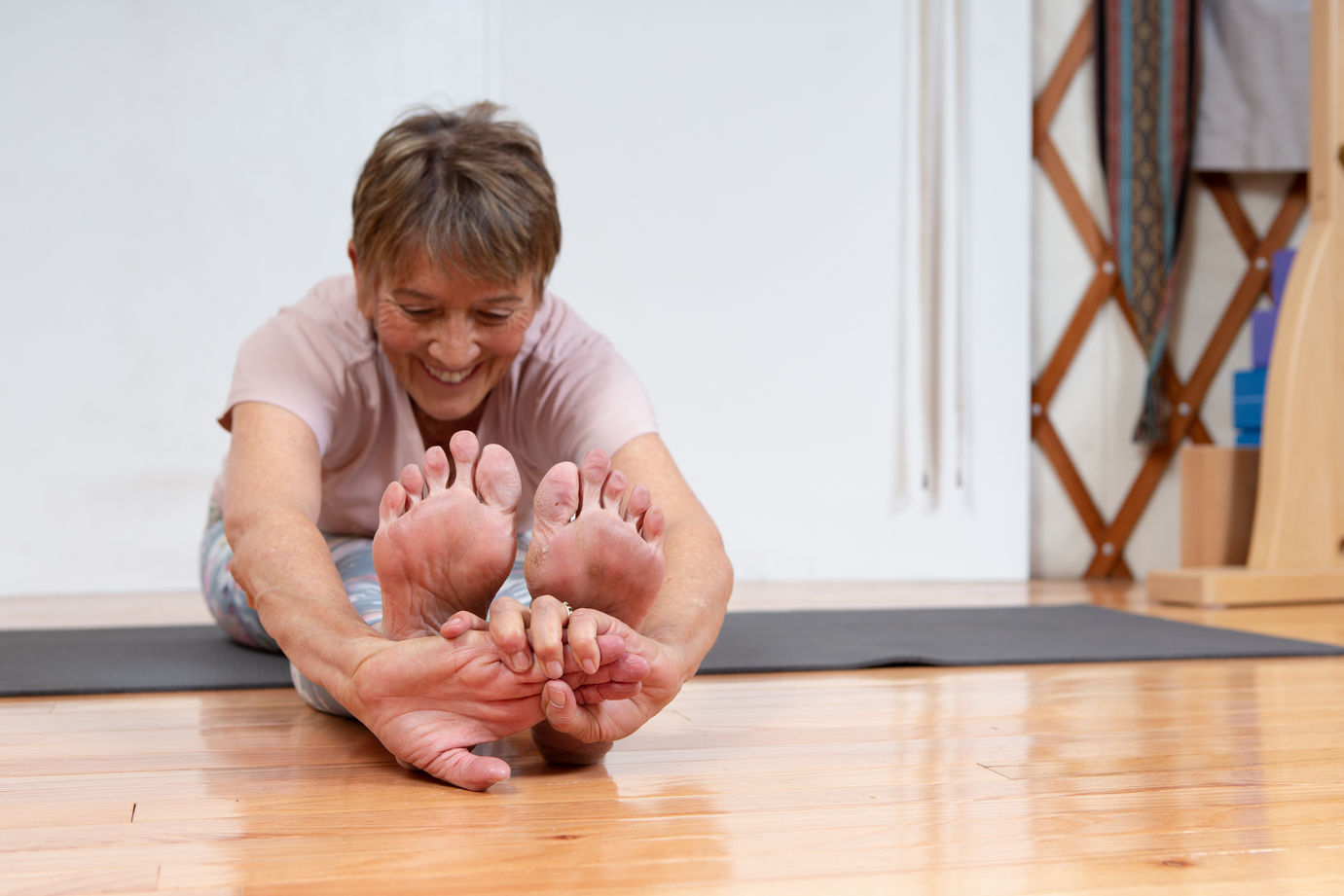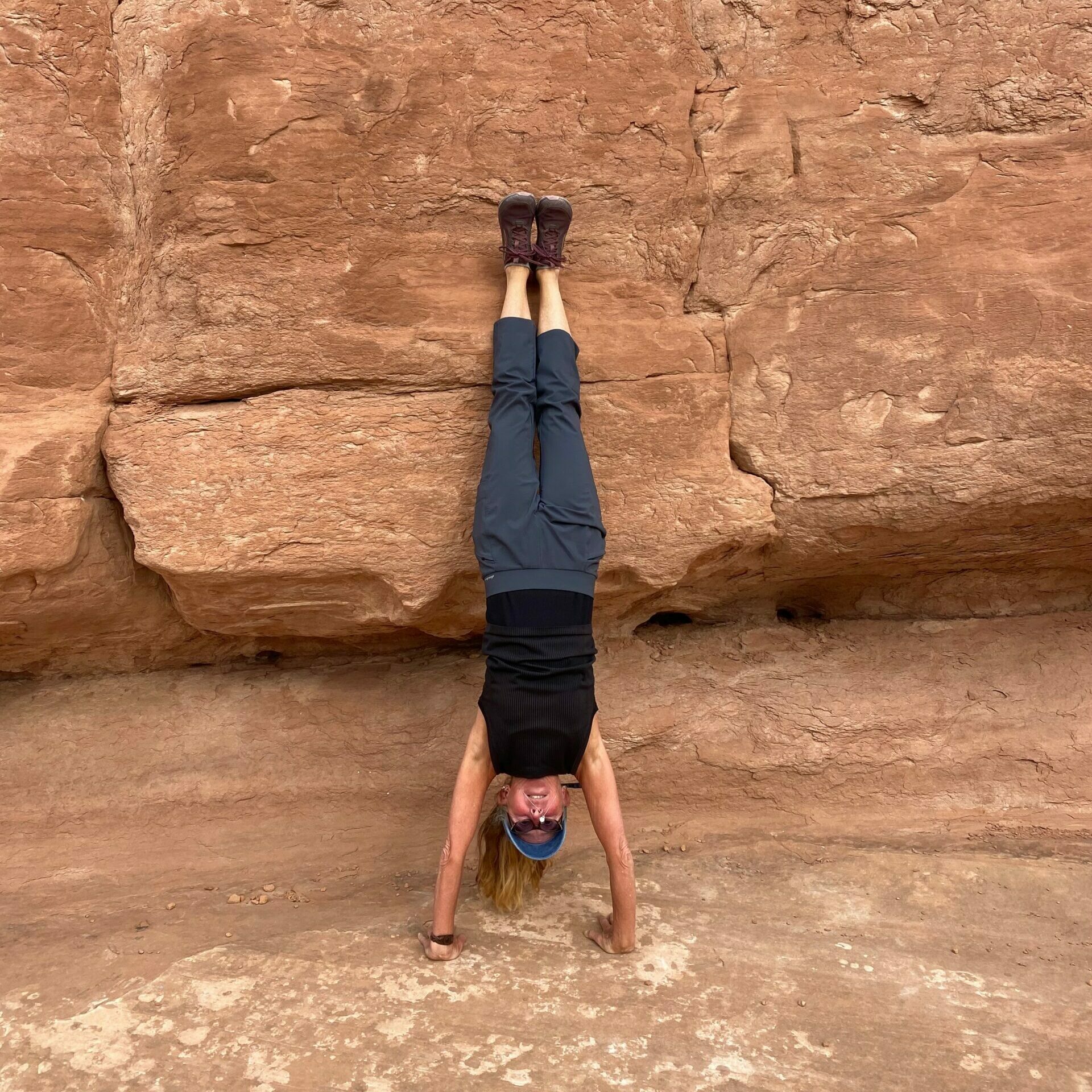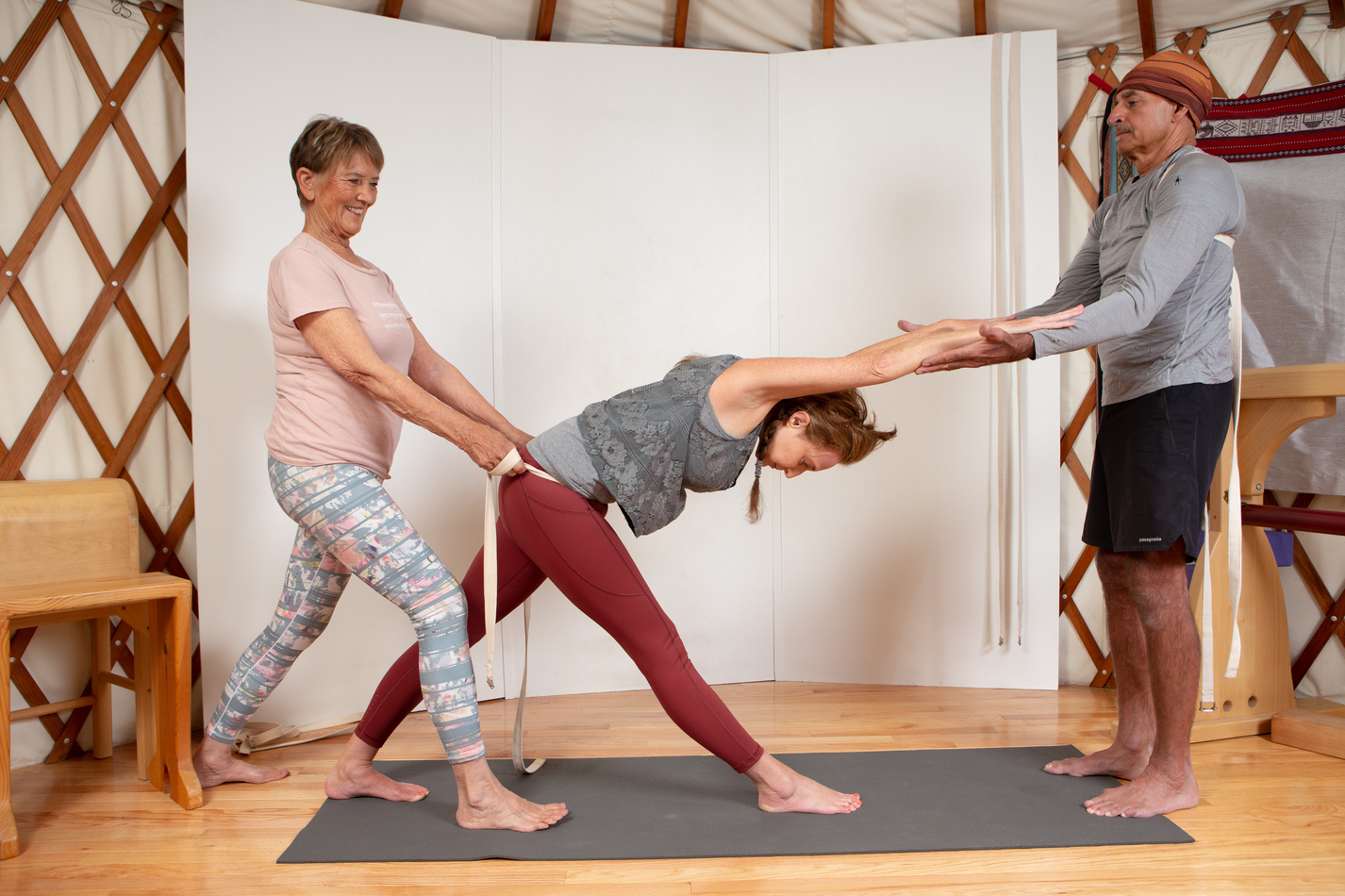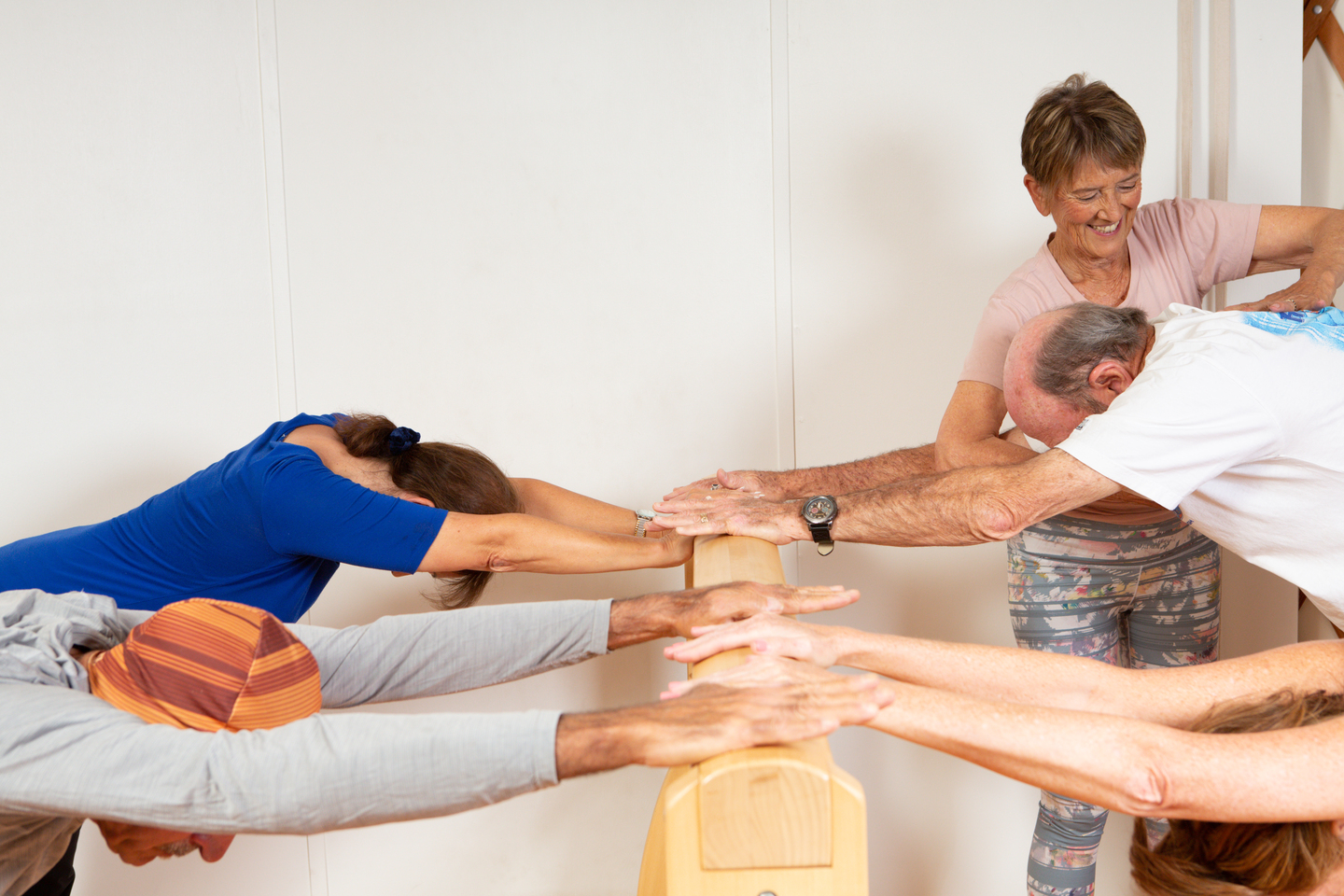What Sets Iyengar Yoga Apart?
What Sets Iyengar Yoga Apart?


"Yoga is a light, which once lit, will never dim. The better your practice, the brighter the flame." — BKS Iyengar
Iyengar Yoga, an inspired, innovative approach to the classical Eastern discipline of yoga, was developed by BKS Iyengar over a period of 70 years.
The principles of Iyengar Yoga have been elucidated in Iyengar’s books: Light on Yoga, Light on Pranayama, The Tree of Yoga, and most recently Light on Life.
-
Instruction:
Clear directions and demonstrations from the teacher serve to help students learn and improve their poses. Accurate and specific instructions also help prevent injuries. Iyengar yoga encourages weak parts of the body to strengthen and stiff areas to release, thus awakening and realigning the whole body.
-
Sequencing:
Iyengar teachers introduce poses and basic principles one at a time in a safe, systematic way – within a class and from class to class. Teachers are trained to understand what poses best prepare the body and mind for subsequent poses.
-
Small Classes and Individual Attention:
Iyengar teachers observe their students and give them feedback and suggestions so that all students receive the benefits of the poses, learn something about their unique bodies, and work without injury. Teachers are trained in how to adapt poses to address common physical issues. The Iyengar method is renowned for its therapeutic studies, using yoga postures to ease various ailments and stress. Certified teachers are trained to address problems with the knees, lower back, neck and shoulders, headaches, high blood pressure, anxiety, and depression and more.
-
Props:
Yoga is a practice for all—all genders. young or old, stiff or flexible. Students learn to use yoga props such as belts and blocks to achieve healthy alignment in the poses, and to experience greater opening and ease. Everyday household items, such as blankets, belts, chairs, tables, doors, and walls, can also be used as props in remarkably innovative ways to increase strength and flexibility, and facilitate gradual learning.
-
Philosophy:
The true goal of yoga is to quiet the busy nature of the mind. The physical practice of yoga postures is one way to move towards quieting the mind. The philosophical underpinnings of are introduced using the physical practice as a focal point.
-
Variety:
Different yoga poses have different effects on the body and mind – forward bends lengthen the hamstrings and help to quiet the mind, backbends open the chest and lungs and are more stimulative. Each time you attend an Iyengar yoga class, you experience a different set of poses. Some classes focus on a category of poses or a particular area of the body. With consistent practice, students are exposed to all types of poses and progressively develop strength, flexibility, balance and awareness in all parts of the body.
-
Teaching Excellence:
Iyengar teachers are among the most highly trained yoga instructors in the world. Certification in the Iyengar system requires many years of dedicated study, passing rigorous assessment tests, and continuous education with senior teachers.

“Karyn has been by my side to support me, whether it is an emotional or a physical need. She assisted me through several injuries as well as a total hip replacement. With her knowledge of Iyengar Yoga, the mind/body/soul, how it works, I healed, and became stronger with grace. It is truly a gift to be on the path of life with Karyn where I look forward to every yoga pose, every breath, every day, every person, and every moment. Karyn’s teaching touches my soul.”



